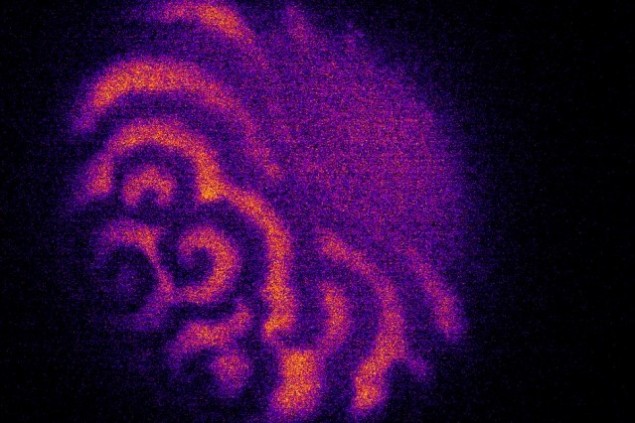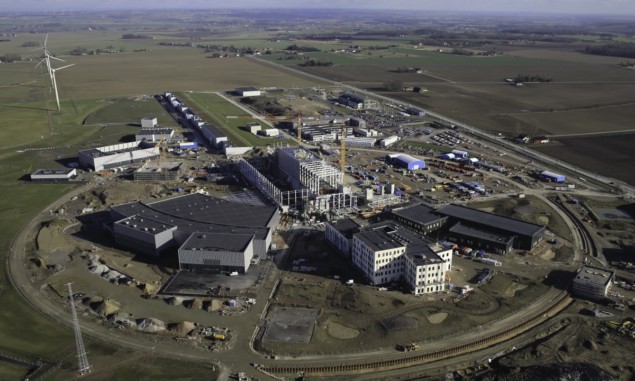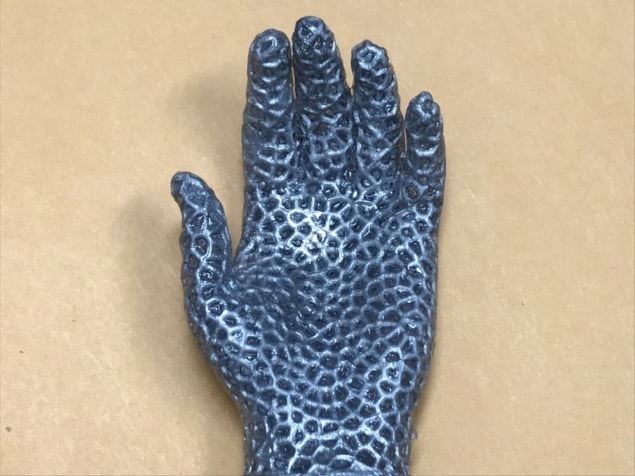Για θεϊκή και γεμάτη γεύση στο καφεδάκι μας το μυστικό είναι οι παγωμένοι κόκκοι, υποστηρίζουν βρετανοί ερευνητές από το Πανεπιστήμιο του Μπαθ. Αναλύοντας τη γεύση μιας τέλειας κούπας καφέ, οι ειδικοί διαπίστωσαν ότι η τοποθέτηση των καβουρδισμένων κόκκων του καφέ στο ψυγείο πριν από το άλεσμά τους οδηγούσε σε ένα πιο ομοιόμορφα αλεσμένο καφέ και με πολύ καλύτερη γεύση κατά την παρασκευή του.
Σύμφωνα με τους ερευνητές, οι χαμηλές θερμοκρασίες ενισχύουν την παραγωγή λεπτότερων και πιο ομοιόμορφων σωματιδίων καφέ κατά το άλεσμα, το οποίο επιτρέπει στη συνέχεια την απελευθέρωση της έντονης γεύσης και των αρωμάτων του.
Τα ευρήματα των ειδικών, τα οποία ανακοινώθηκαν λίγες μόλις ημέρες πριν από το Παγκόσμιο Πρωτάθλημα Barista στο Δουβλίνο (22-25 Ιουνίου), θα μπορούσαν να βρουν άμεση εφαρμογή στον χώρο της βιομηχανίας.
Παγωμένοι κόκκοι να τους πιεις στην κούπα
Στο πλαίσιο της μελέτης τους οι ερευνητές εξέτασαν το αποτέλεσμα του αλέσματος των κόκκων του καφέ σε διάφορες θερμοκρασίες (σε θερμοκρασίες δωματίου και ως τους -160 βαθμούς Κελσίου). Οι ερευνητές διαπίστωσαν ότι όσο περισσότερο παγώνουν οι κόκκοι του καφέ τόσο μεγαλύτερη είναι η απελευθέρωση της πλούσιας γεύσης. Κάτι τέτοιο πρακτικά, εξηγούν οι επιστήμονες, θα μπορούσε να σημαίνει ότι με την ίδια ποσότητα κόκκων θα μπορούσαμε να έχουμε περισσότερο καφέ ή λιγότερο χρόνο παρασκευής.
Ομοιόμορφο άλεσμα, πλούσιο άρωμα και γεύση
Το άλεσμα του καφέ μπορεί να μοιάζει πολύ απλή διαδικασία - το σπάσιμο δηλαδή των κόκκων του καφέ σε μικροσκοπικά κομματάκια τα οποία στη συνέχεια βυθίζονται στο νερό. Ωστόσο, όπως υπογραμμίζουν οι επιστήμονες, πρόκειται για μια βασική διαδικασία η οποία μπορεί να έχει τεράστια επίδραση στη γεύση και στην ποιότητα του καφέ.
«Κάτι τέτοιο θα μπορούσε να επιφέρει αλλαγές ως προς τη γεύση του καφέ, και αυτό επειδή το ομοιόμορφο μέγεθος του αλεσμένου καφέ και η διανομή των σωματιδίων του παίζουν τεράστιο ρόλο ως προς τον ρυθμό της απόσταξης του καφέ» εξηγεί ο ερευνητής δρ Κρίστοφερ Χέντον, ο οποίος πλέον εργάζεται στο Τεχνολογικό Ινστιτούτο της Μασαχουσέτης (ΜΙΤ).
«Θα μπορούσε ακόμη να φέρει ριζικές αλλαγές στη βιομηχανία του καφέ. Ο κόσμος προσπαθεί να παραγάγει καφέ πολύ υψηλής ποιότητας, με πολύ εκλεπτυσμένα εργαλεία και εξοπλισμό, και προτίθεται να δοκιμάσει νέα πράγματα προκειμένου να επιτύχει ένα καλύτερο αποτέλεσμα» προσθέτει ο ίδιος.
Τέλος οι ειδικοί αναφέρουν ότι ενδεχομένως τα νέα τους ευρήματα να βρουν ταχύτερα εφαρμογή στο πλαίσιο των επερχόμενων διαγωνισμών καφέ ανά την υφήλιο, ενώ δεν αποκλείεται σύντομα να κυκλοφορήσουν και νέες μηχανές αλέσματος καφέ με... ψύξη.
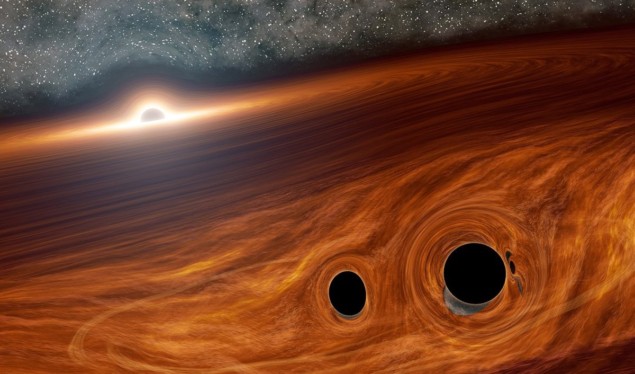
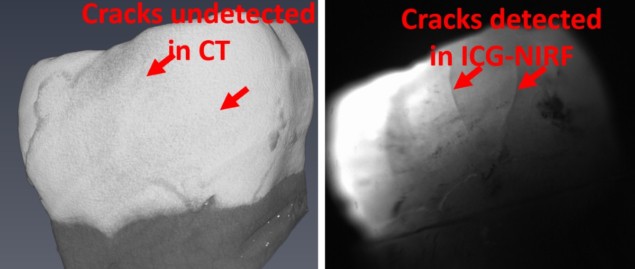


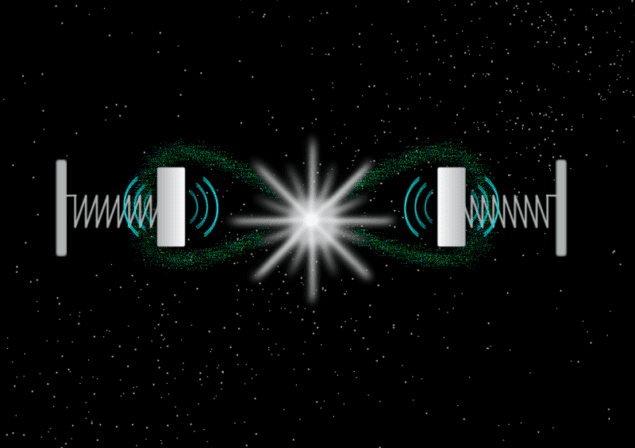
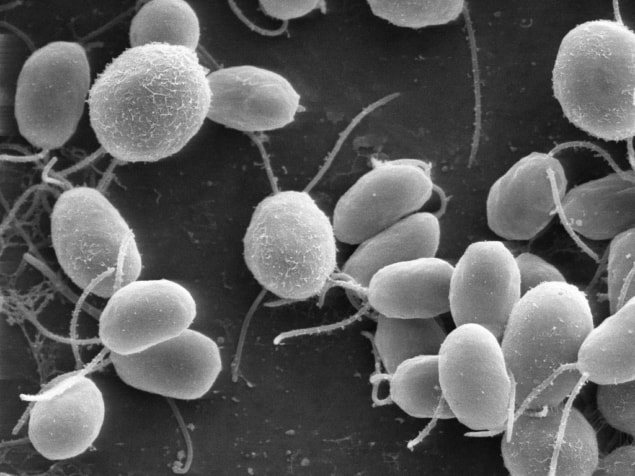
 Charmed existence: conceptual illustration of a tetraquark. (Courtesy: CERN)
Charmed existence: conceptual illustration of a tetraquark. (Courtesy: CERN)